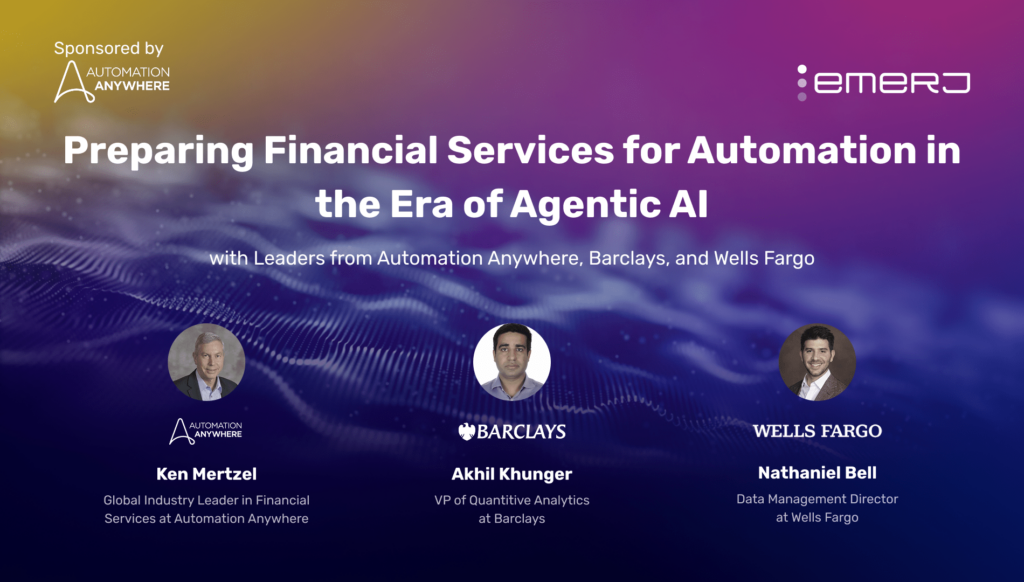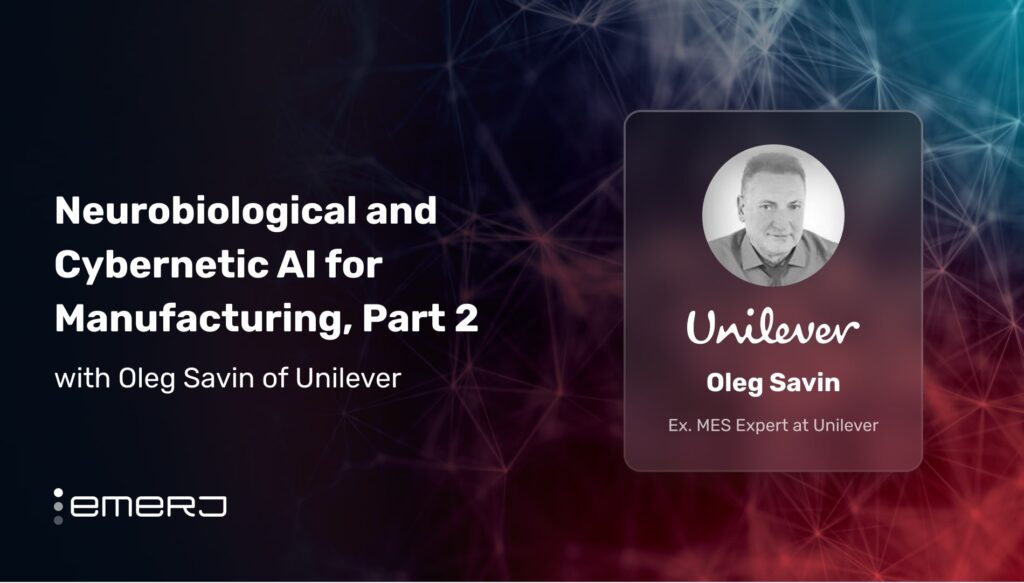AI is being likened to a "Fourth Industrial Revolution" because of it's potential for creating profound change in people’s lives, much like the invention of steam engines (First Industrial Revolution), electricity and mass production (Second Industrial Revolution), and the rise of the digital age (Third Industrial Revolution) had in the past.
AI/ML applications are everywhere, from ride sharing companies to voice search on mobile phones. We use AI every day - it feels so accessible to consumers that it must be within reach for small business leaders, too.
Given the inevitability of AI's applic...
[mrj_paywall] unauthorized access


















